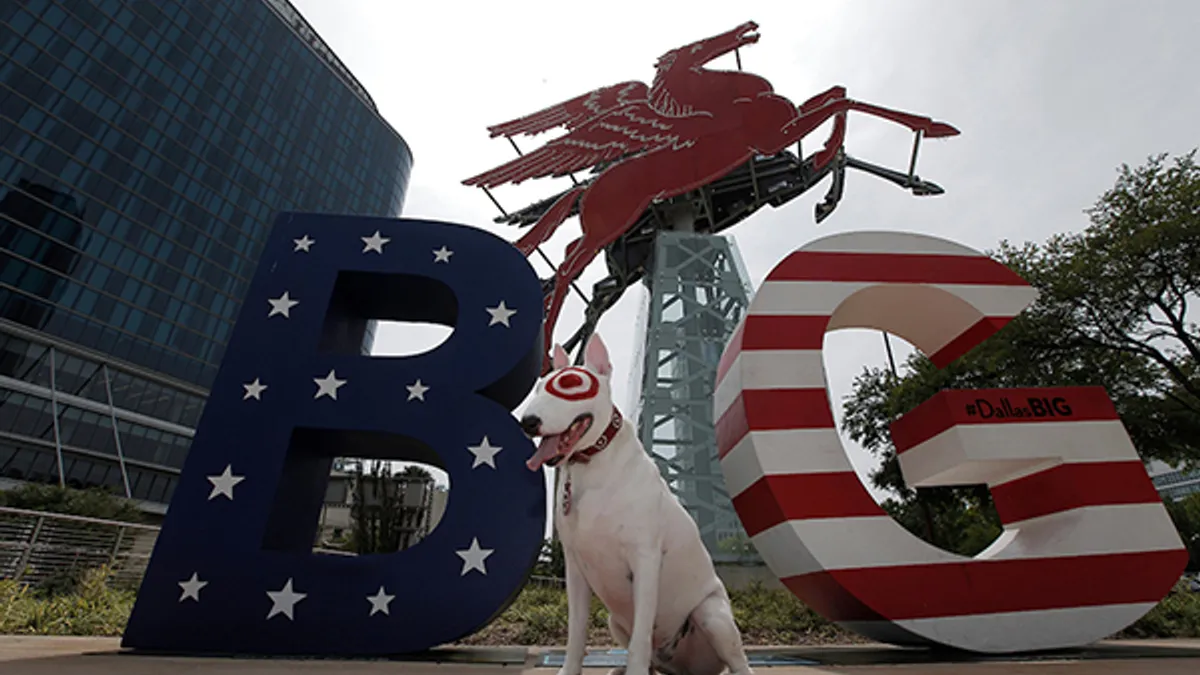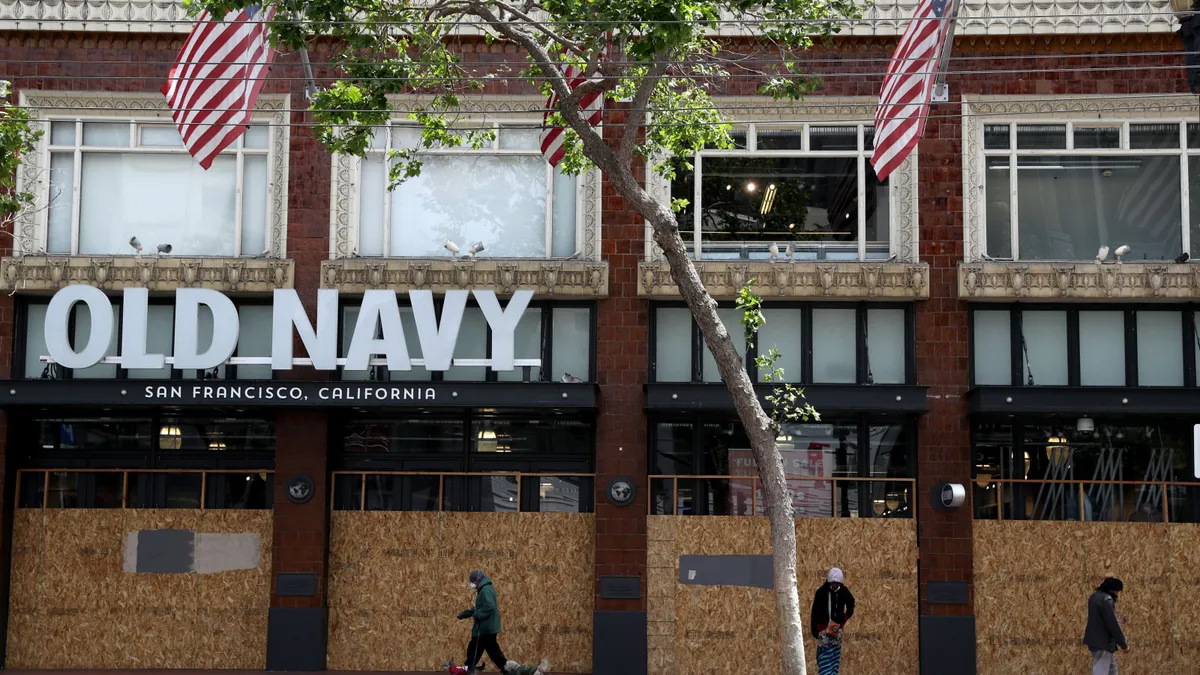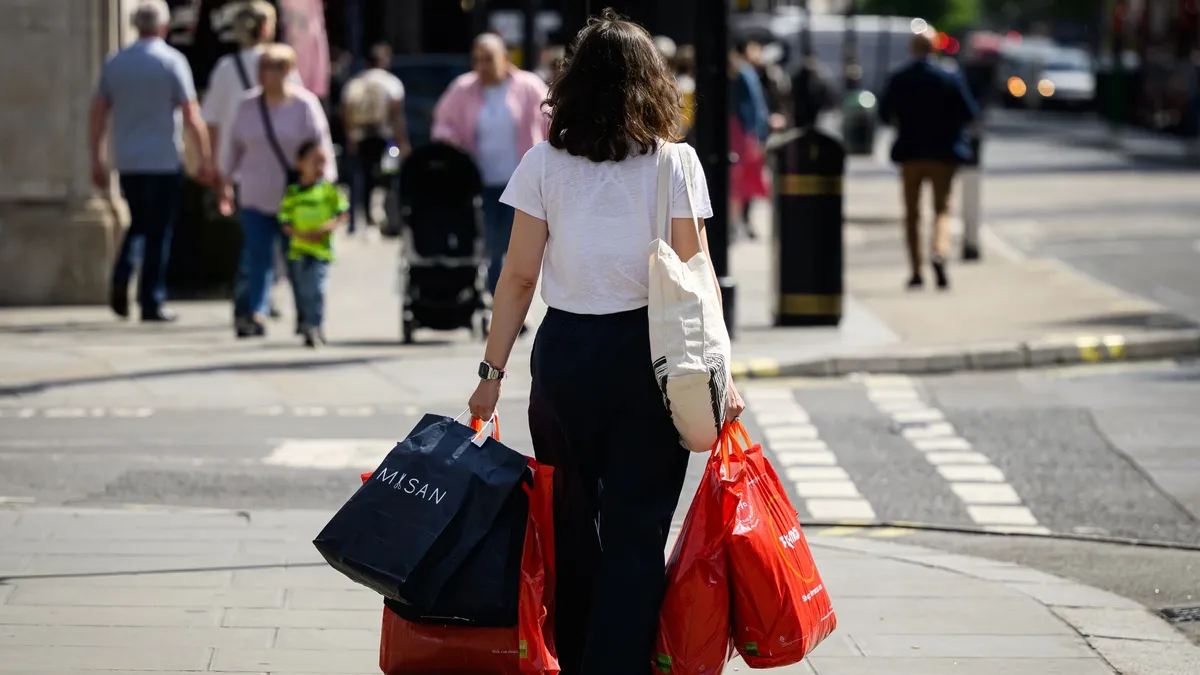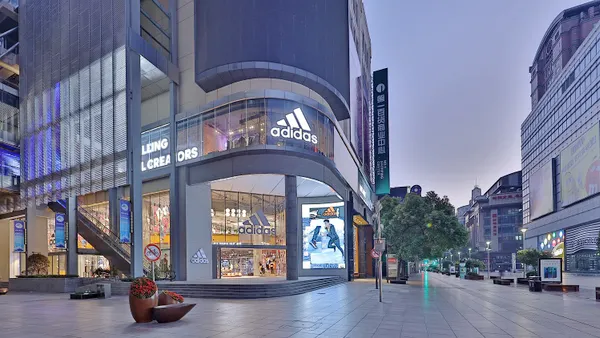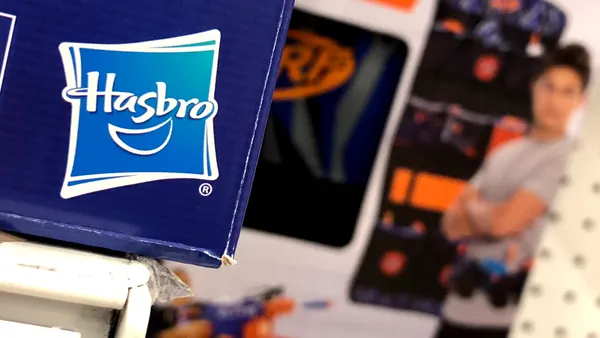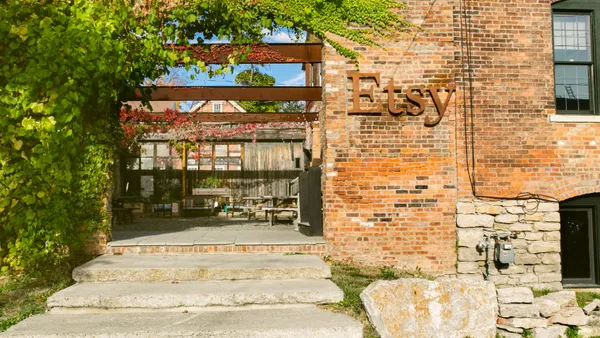Dive Brief:
-
Target this week is trumpeting a $220-million, 28-store overhaul in the Dallas-Fort Worth area, its biggest investment in a single market this year, according to a company blog post. The renovations come as part of the retailer’s previously announced outlay of more than $2 billion for 2017 and more than $7 billion over the next three years.
-
Last week, eight North Texas stores completed such renovations, including new product vignettes and displays (from meal ideas to home decor designs), wood-grain fixtures in the food and beverage departments, an updated floor, LED lighting and products merchandised together with meal ideas.
-
There are also behind-the-scenes updates, including simplified Order Pickup, Ship from Store services, additional self-checkout lanes and new, grab-and-go food offerings.
Dive Insight:
In light of Amazon's $13.7 billion takeover of Whole Foods and Walmart's $310 million acquisition of online menswear site Bonobos, Target’s store renovations may seem tame. But the renovations in Texas are important, symbolically and otherwise, for the big box retailer.
“Why go big in North Texas?” Target asks in a company blog post. “We’ve been a part of the community since our first store opened there in 1969. Today, 6,700 team members work there and we’re committed as ever to investing in the community through our stores and our work with nonprofits.”
Texas was also the setting of one of Target’s biggest lessons. In the 1980's, Target challenged Walmart on price and was blindsided by its rival's willingness to forego profits as it engaged in a price war, according to an earlier interview with Mark Cohen, a professor of retail studies at Columbia University and an employee of Target’s parent company at the time. Target ultimately abandoned the effort and instead forged its now famous “cheap chic” product differentiation, he told Retail Dive.
Target is defending its core categories and seems unwilling to cede much to Amazon, or anyone, when it comes to home decor and apparel, which outgoing CFO John Mulligan earlier this year said account for some $26 billion in sales. The company is dedicating teams to introduce more than a dozen new brands over the next two years, with the same research and design approach used for Target’s new kids apparel and home decor brands: Cat & Jack and Pillowfort, respectively. “We will touch more than $10 billion of current volume with the expectation that we will accelerate growth within our most differentiated and profitable categories,” Cornell said in March. For commodity products like food, consumables and household products, Target also plans to compete better on price, executives have said in recent months.
This pits the retailer up against the deep pockets of Walmart — and now Amazon — who have both the ability and willingness to expand their already broad assortments and experiment with competitive approaches and pricing. Target's grocery effort is under particular scrutiny, and it remains unclear if its approach can bring customers into stores often enough to buy the otherwise appealing and well-selling apparel, home goods, baby and wellness merchandise.
In a statement emailed to Retail Dive regarding Amazon’s takeover of Whole Foods, a Target spokeswoman defended its ambitions in the grocery business: “Food and beverage is a key category for Target, representing about 20% of our annual sales. More importantly, it’s part of our guests’ shopping journey and something they want to find at Target. As we’ve shared, we are on a journey to create a differentiated experience in food and beverage. While the work won’t be done overnight, we are committed to getting it right for the long term and are encouraged by the progress that we are making.”
Differentiation is Target’s play, and the key one in grocery is the grab-and-go items, which analysts see as a challenging niche.
“Target is smart to go after ready-made foods and have basic necessities while in the stores,” Shelley Kohan, vice president of retail consulting at RetailNext, told Retail Dive. “Keeping SKUs in check with necessity items, they have to do that — grab and go, easy dinner nights. I’m not sure if they try to go full-on grocery and go after Walmart or Kroger ... And I don’t think that’s their desire.”
Target’s expansion into urban areas could also help the retailer, if it can get those formats right. Later this year, the retailer will debut a next-generation prototype in Houston complete with new shopper experiences and amenities as well as new department layouts and other innovations.



